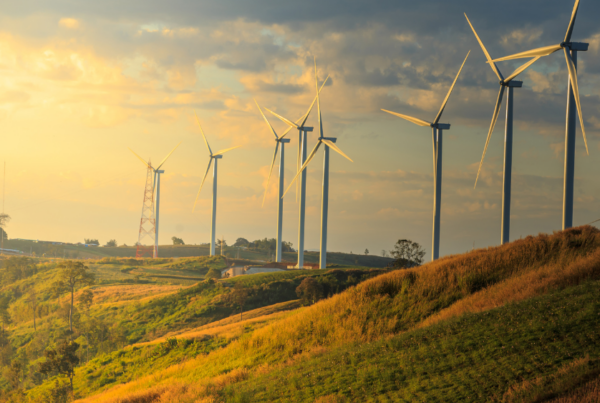
Hydrogen is seen as playing a crucial role in meeting Net Zero targets, with growing support from policymakers. Hydrogen demand in Europe will grow seven-fold in the High scenario to 2,500TWh by 2050. Morocco, Chile and Australia are exploring green hydrogen for export, whilst Russia has discussed blue hydrogen exports.
On a delivered basis, blue hydrogen from the Netherlands is the cheapest source of low-carbon hydrogen in Europe. The cheapest low-carbon hydrogen in 2030 could be produced in Morocco, undercutting even blue hydrogen, but is highly dependent on power market prices in Morocco, which we have not modelled in detail.
Blue hydrogen production costs will be cheaper until the mid 2030s after which flexible green hydrogen will be cheapest. Green hydrogen from flexible electrolysers could undercut blue hydrogen by 2038, with Spain being able to provide the lowest LCOHs.
Compression is the most economic energy vector for hydrogen, followed by ammonia, by 2030. The cheapest transport option depends on distance, the volumes consumed by year, and the end product the consumer needs.
This is subscriber-only content. Not a subscriber yet? Find out more about our European Hydrogen package.






